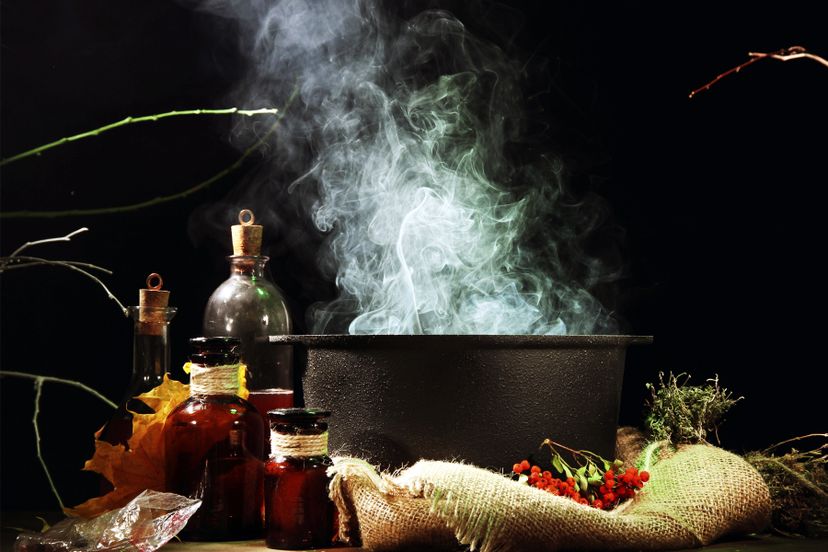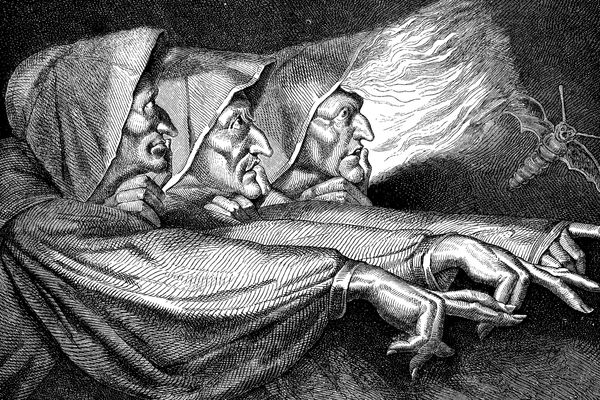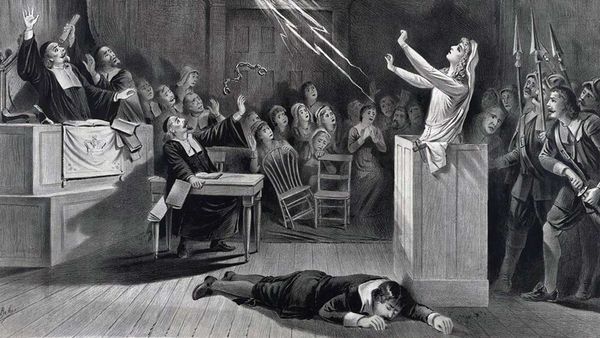
Both the English major and the frustrated high school student are likely familiar with this passage during the Witches scene from Shakespeare's "Macbeth":
Eye of newt? What kind of crazy concoction is this? Of course, "Macbeth" is a fictional work, but there are certainly people around the world — back then and today — who practice witchcraft. Do they really use these types of things? If so, it sounds like some animal rights activists should get involved — all those newts, stumbling around without eyes.
Advertisement
Worry not, however! Eye of newt is a real thing, but not literally.
All of the ingredients in the witches brew are simply ancient terms for herbs, flowers and plants. Some say witches gave these flora gross and disturbing names to deter other people from practicing witchcraft. Here's the translated plant list of what's really in Shakespeare's cauldron [source: Beale]:
- Eye of newt - mustard seed
- Toe of frog - buttercup
- Wool of bat - holly leaves
- Tongue of dog - houndstongue
- Adders fork - adders tongue
- Blind-worm - okay, a blindworm is a real thing; a tiny snake thought to be venomous
Now you can make a witches brew yourself, if you're so inclined! However, we seriously don't recommend actually ingesting it.
When practicing black magic, mustard seeds (particularly the black seeds) cast a spell of strife, confusion, discord and disruption. Interestingly enough, though, other types of mustard seeds are thought to provide protection against witches. Legend goes that witches are predisposed to counting and picking up things, so if you scatter mustard seeds around your front door, bed or property, the witch will never have time to get to you as she will be busy counting mustard seeds [White, Hand].
Well, it turns out "eye of newt" is simply the seeds for a popular hot dog topping. However, the classic scene from Macbeth just wouldn't be the same if his characters spoke of boiling mustard seeds, buttercups and holly leaves.
Advertisement


